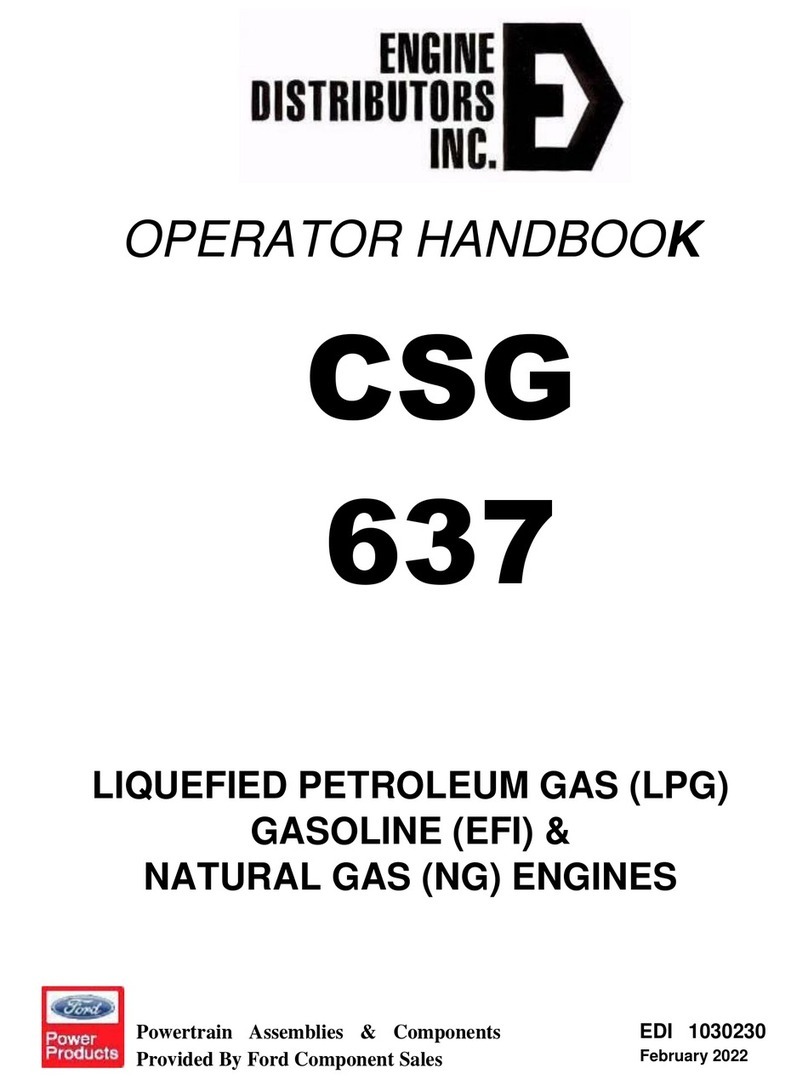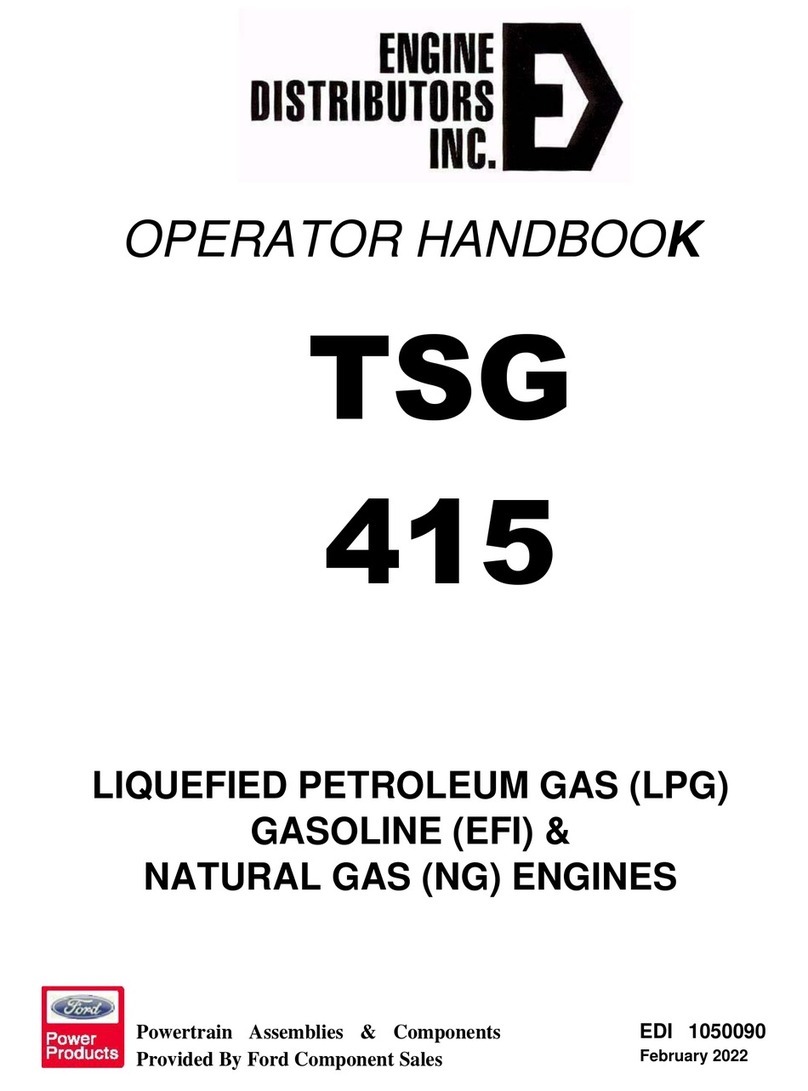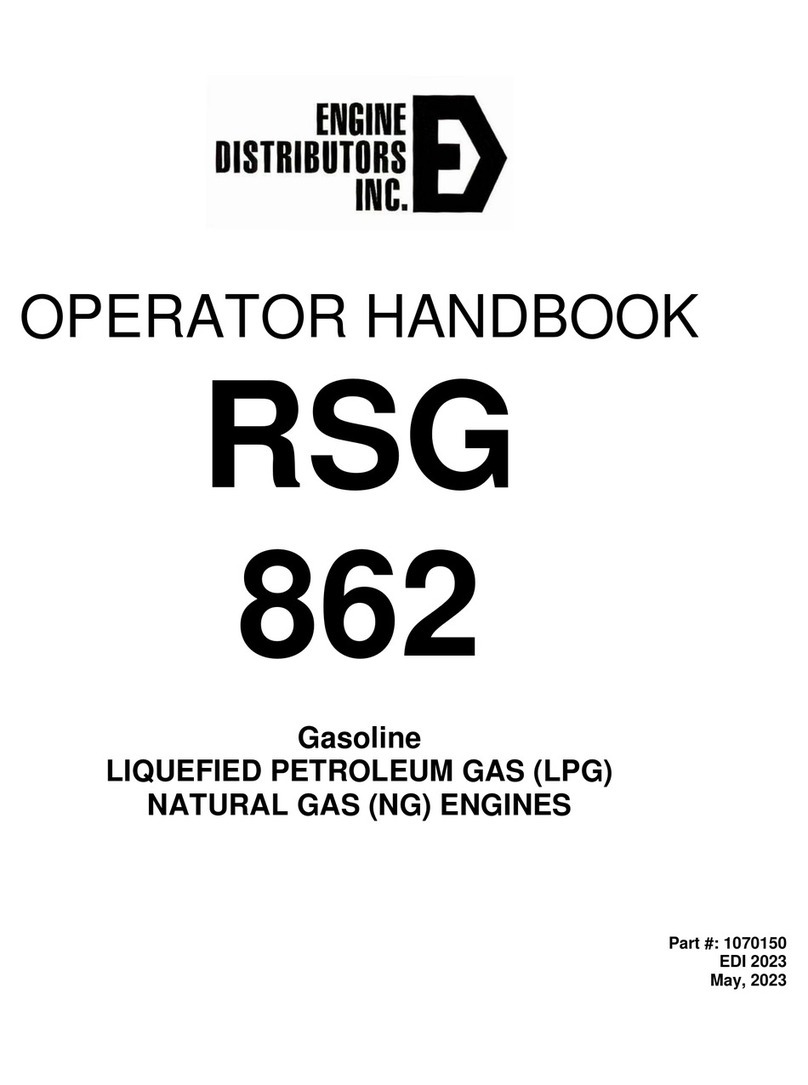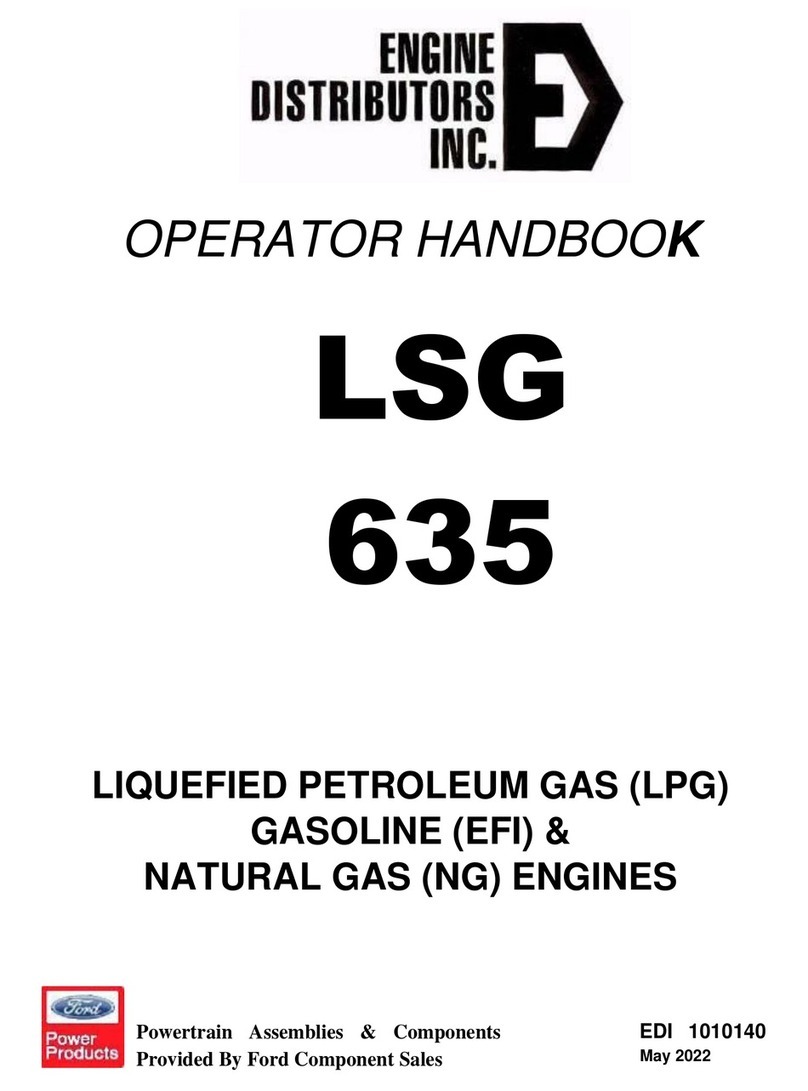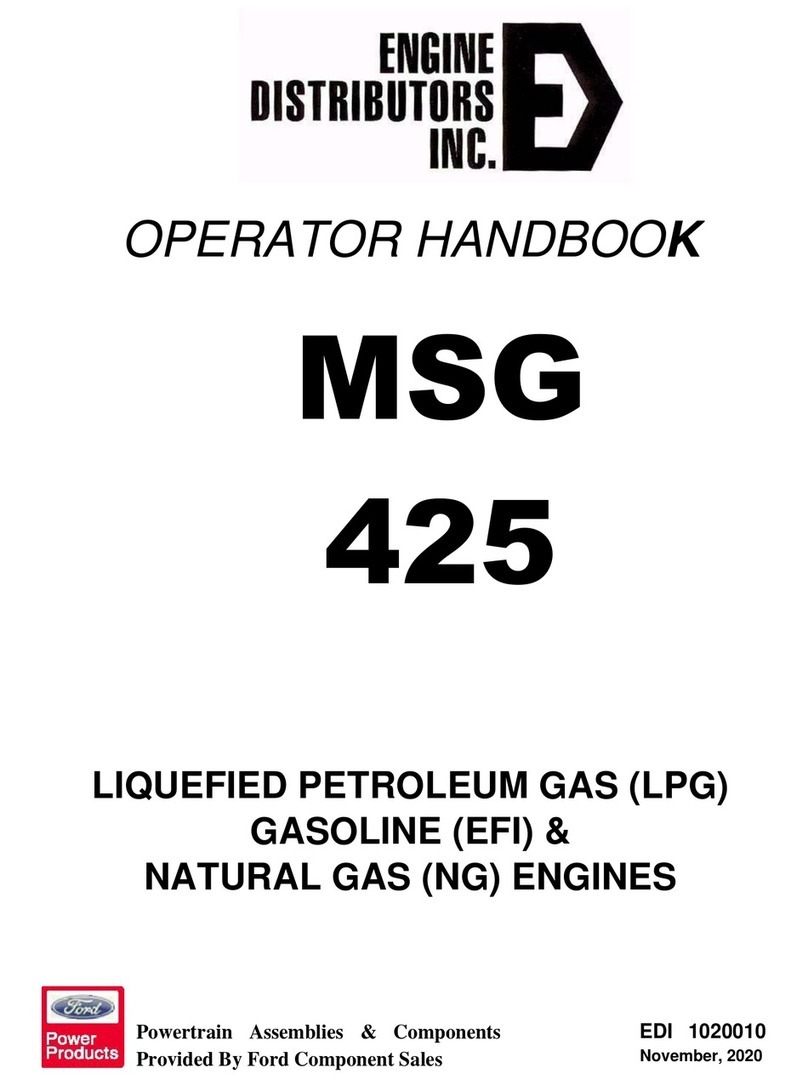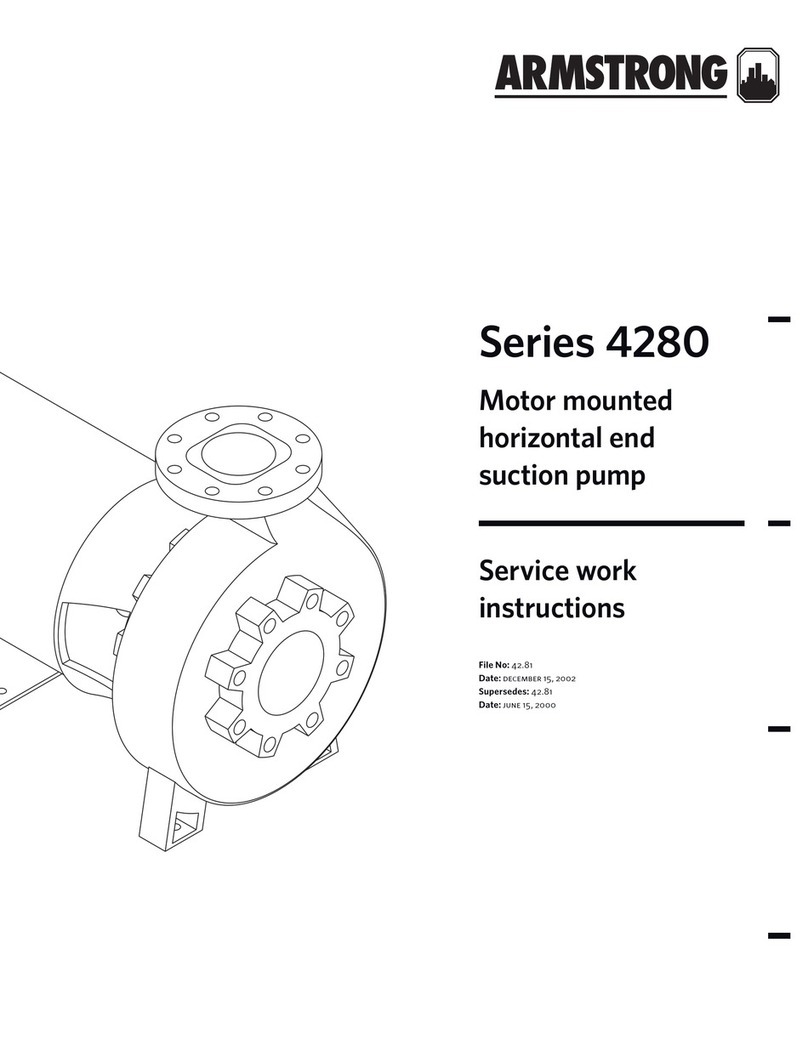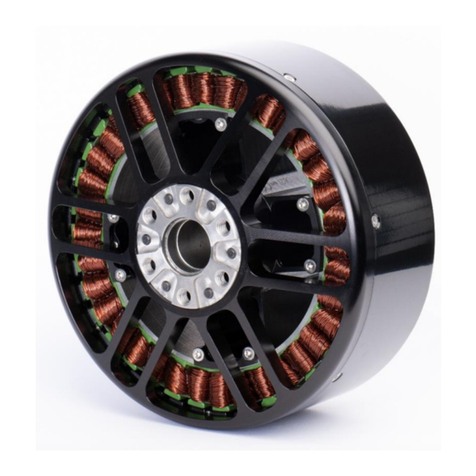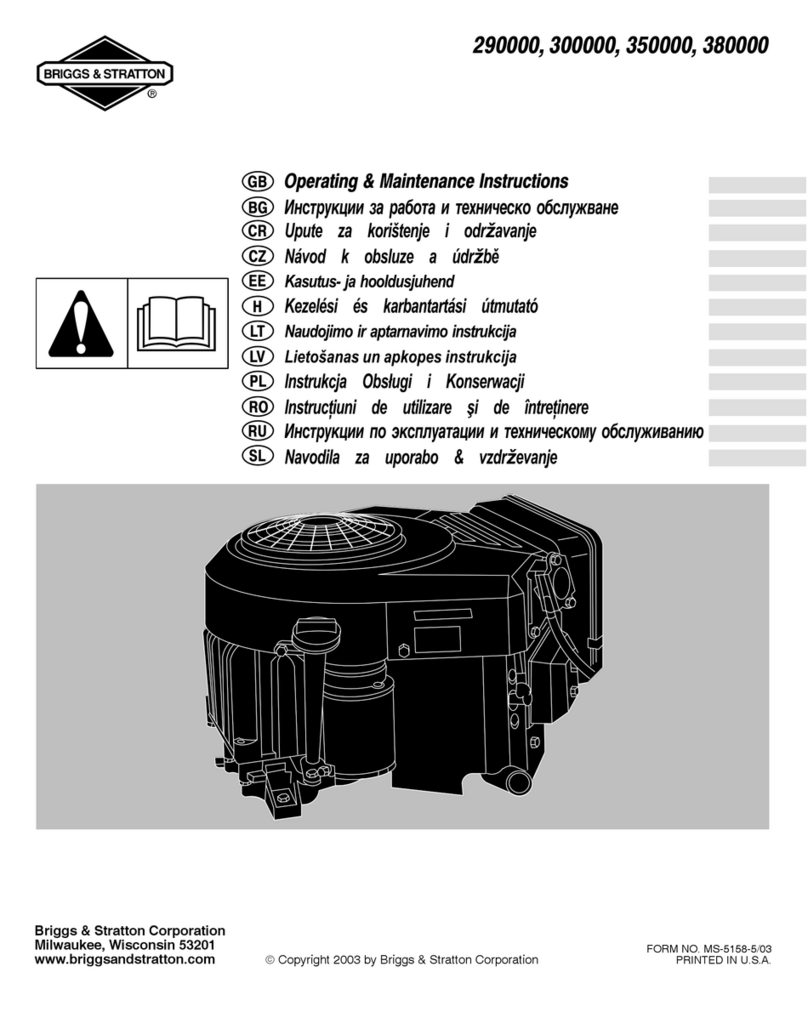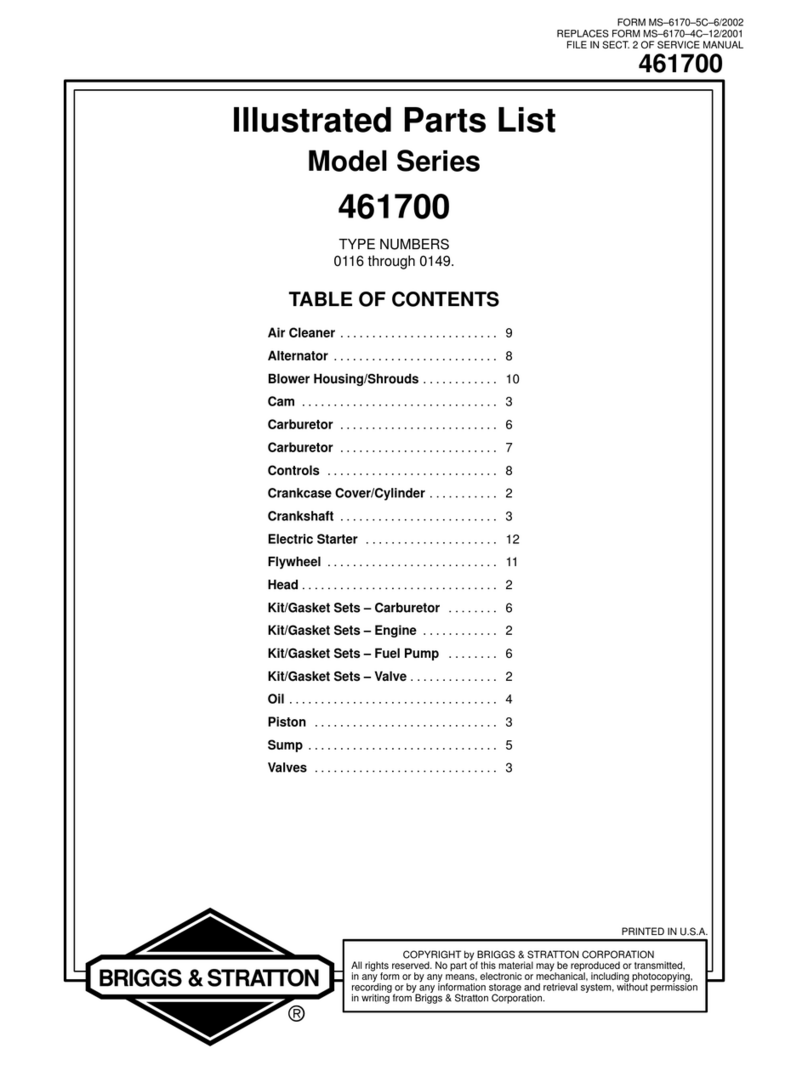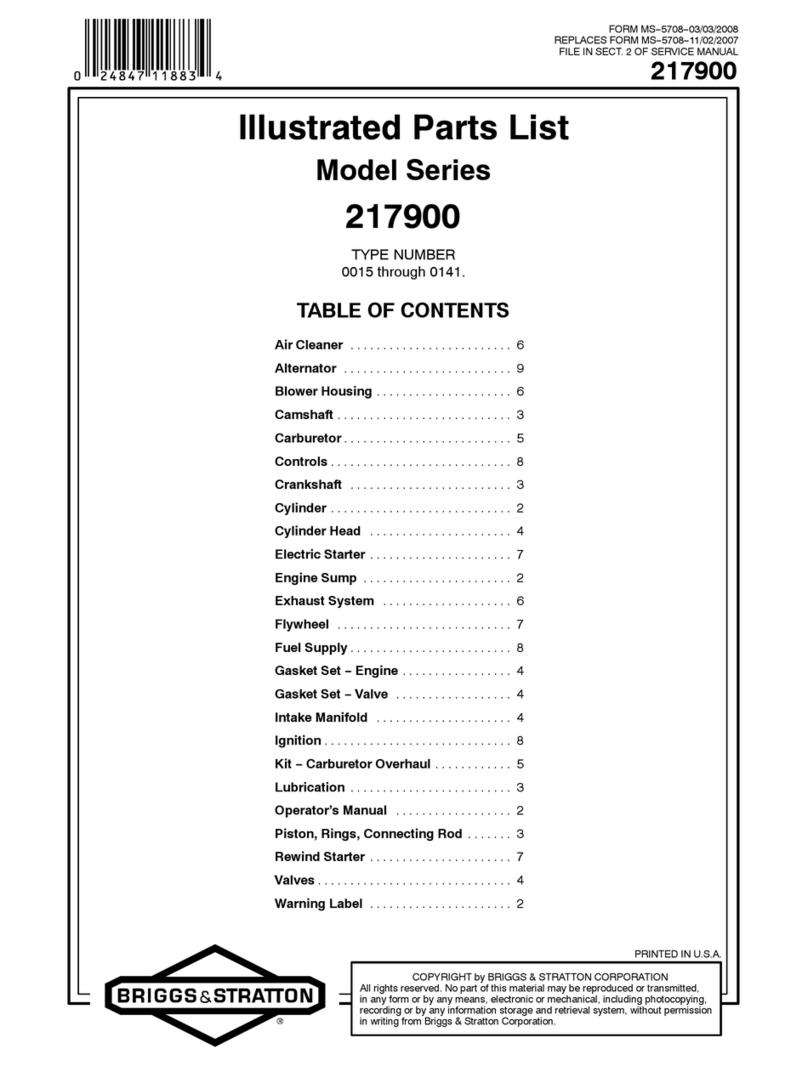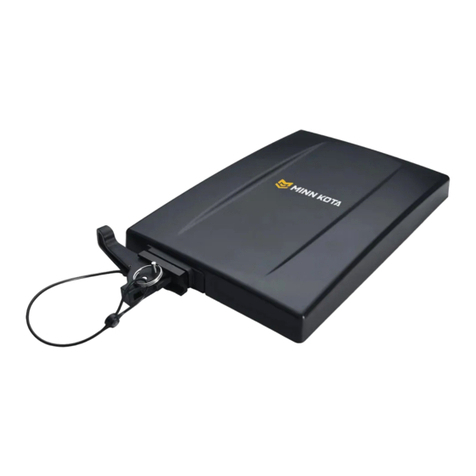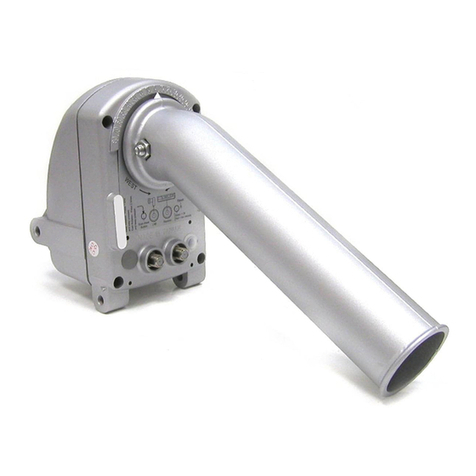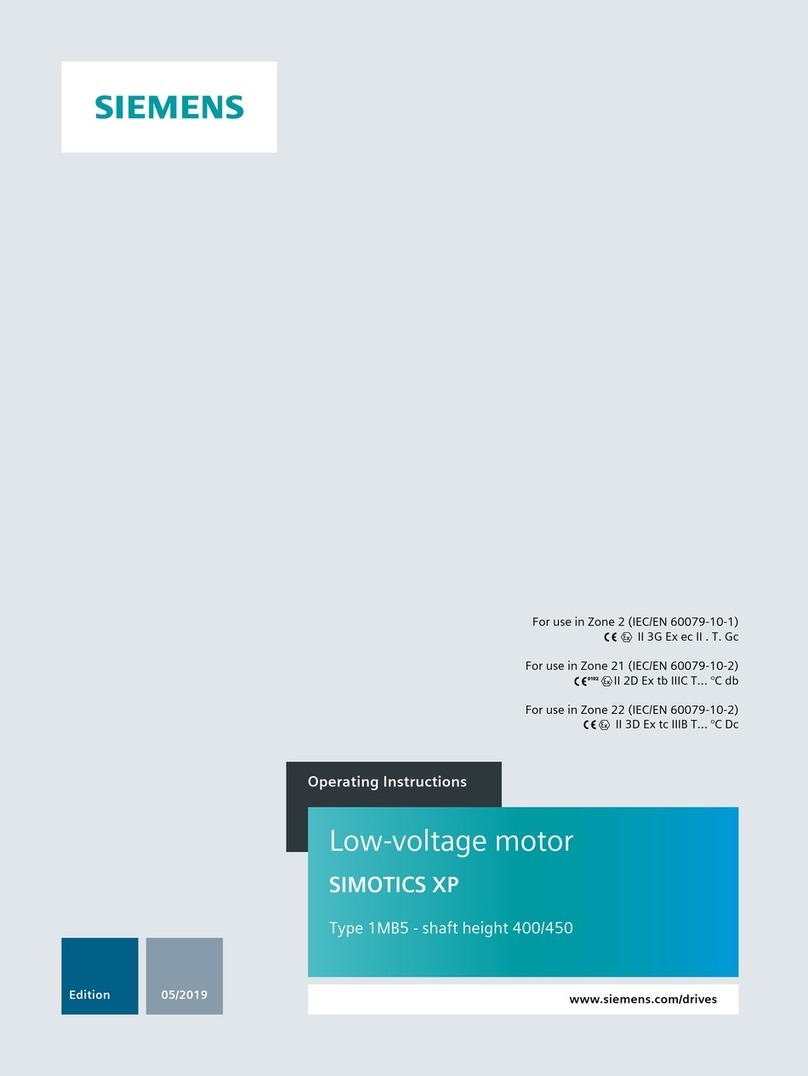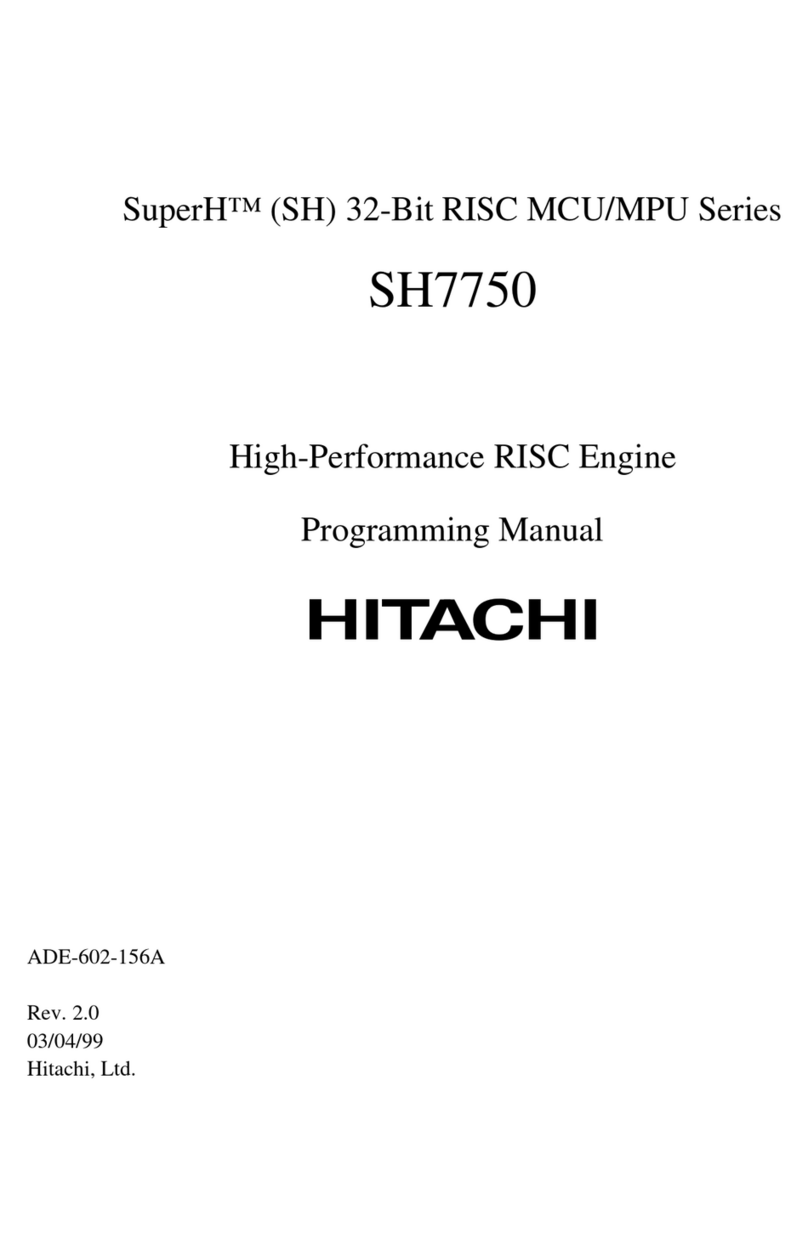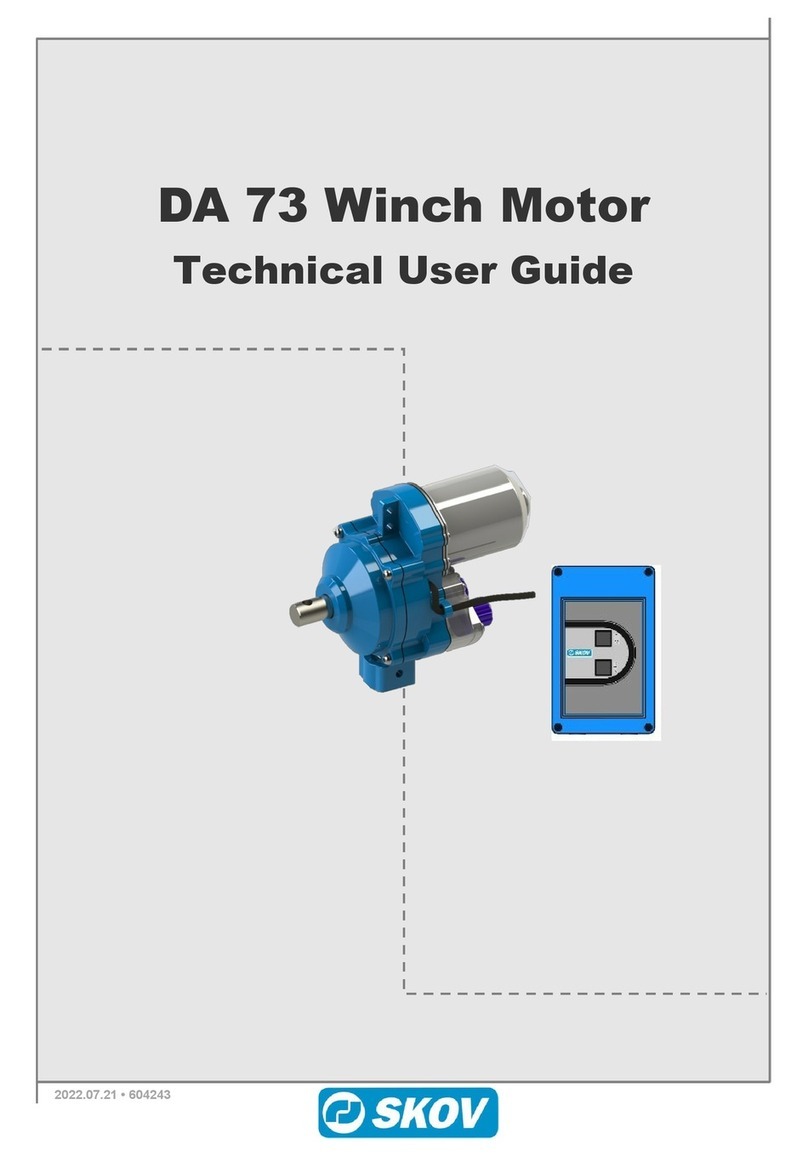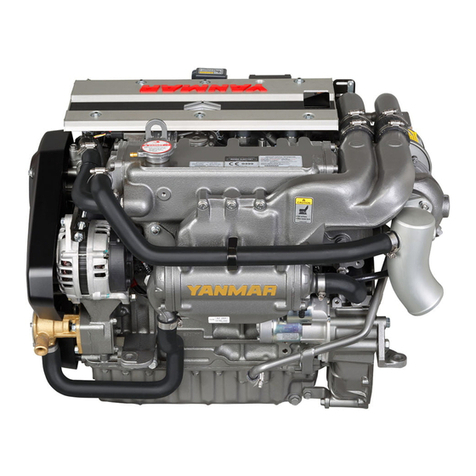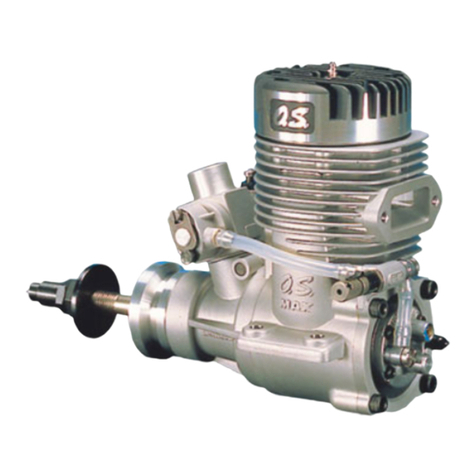
4
WSG-1068 GENERAL INFORMATION
Excessive Engine Oil Consumption
The amount of oil an engine uses will vary with the way
the equipment is driven in addition to normal engine-to
engine variation. This is especially true during the first
340 hours or 16,100 km (10,000 miles) when a new
engine is being broken in or until certain internal engine
components become conditioned. Engines used in
heavy-duty operation may use more oil. The following
are examples of heavy-duty operation:
severe loading applications
sustained high speed operation
Engines need oil to lubricate the following internal
components:
cylinder block, cylinder walls
pistons, piston pins and rings
intake and exhaust valve stems
intake and exhaust valve guides
all internal engine components
When the pistons move downward, a thin film of oil is
left on the cylinder walls. As the engine is operated,
some oil is also drawn into the combustion chambers
past the intake and exhaust valve stem seals and
burned.
The following is a partial list of conditions that can affect
oil consumption rates:
engine size
operator driving habits
ambient temperature
quality and viscosity of the oil
Operating under varying conditions can frequently be
misleading. An engine that has been run for short hours
or in below-freezing ambient temperatures may have
consumed a “normal” amount of oil. However, when
checking engine oil level, it may measure up to the full
mark on the oil level dipstick due to dilution
(condensation and fuel) in the engine crankcase. The
engine might then be run at high speeds where the
condensation and fuel boil off. The next time the engine
oil is checked, it may appear that a liter (quart) of oil was
used in about 3 to 3-1/2 hours. This perceived 3 to 3-1/
2 hours per liter (quart) oil consumption rate causes
customer concern even though the actual overall oil
consumption rate is about 50 hours per liter (quart).
Make sure the selected engine oil meets Ford
specification WSS-M2C153-F and the recommended
API performance category “SJ” or higher and SAE
viscosity grade as shown in the equipment Owner’s or
Operators Engine handbook. It is also important that the
engine oil is changed at the intervals specified. Refer to
the Engine Operator’s handbook.
Oil Consumption Test
The following diagnostic procedure is used to determine
the source of excessive internal oil consumption.
NOTE: Oil use is normally greater during the first 300
hours of service. As hours increase, oil use generally
decreases. Engines in normal service should get at
least 31.7 hours per quart (900 miles per quart) after
300 hours of service. High speeds, heavy loads, high
ambient temperature and other factors may result in
greater oil use.
1. Determine customer’s engine load habits, such
as sustained high speed operation, extended
idle, heavy work loads and other considerations.
2. Verify that the engine has no external oil leak as
described under Engine Oil Leaks in the
Diagnosis and Testing portion of this section.
3. Verify that the engine has the correct oil level
dipstick.
4. Verify that the engine is not being run in an
overfilled condition. Check the oil level at least
five minutes after a hot shutdown with the
engine/vehicle parked on a level surface. In no
case should the level be above the top of the
cross-hatched area and the letter F in FULL. If
significantly overfilled, perform steps 5 through
9. If not proceed to step 10.
5. Drain the engine oil, remove and replace the oil
bypass filter and refill with one quart less than
the recommended amount.
6. Run the engine for three minutes (10 minutes if
cold), and allow the oil to drain back for at least
five minutes with the engine/vehicle on a level
surface.
7. Remove oil level dipstick and wipe clean.
CAUTION: Do not wipe with anything contaminated
with silicone compounds.
8. Reinstall the oil level dipstick, being sure to seat
it firmly in the oil level indicator tube. Remove
the oil level dipstick and draw a mark on the
back (unmarked) surface at the indicated oil
level. This level should be about the same as
the ADD mark on the face of the oil level
dipstick.
9. Add one quart of oil. Restart the engine and
allow to idle for at least two minutes. Shut off
the engine and allow the oil to drain back for at
least five minutes. Mark the oil level dipstick,
using the procedure above. This level may
range from slightly below the top of the cross-
hatched area to slightly below the letter F in
FULL.
10.Record the vehicle mileage or hours.




















